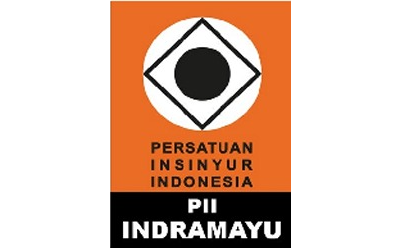PENGARUH JENIS ACTIVATED FLUX DAN VARIASI KUAT ARUS PADA PENGELASAN A-TIG DISSIMILAR MATERIAL TERHADAP KEDALAMAN PENETRASI, KEKERASAN, STRUKTUR MIKRO DAN LAJU KOROSI
Abstract
Full Text:
PDFReferences
AHMADI, E., & EBRAHIMI, A. R. (2013). THE EFFECT OF ACTIVATING FLUXES ON 316L STAINLESS STEEL WELD JOINT CHARACTERISTIC IN TIG WELDING USING THE TAGUCHI METHOD . JOURNAL OF ADVANCED MATERIALS AND PROCESSING, 1, 55-62.
AWS. (2011). AWS Welding Handbook (9th ed.). Miami: American Welding Society.
Chen, H. C., Ng, F. L., & Du, Z. (2019). Hybrid laser-TIG welding of dissimilar ferrous steels: 10 mm thick low carbon steel to 304 austenitic stainless steel. Journal of Manufacturing Processes, 324-336.
Kulkarni, A., Dwivedi, D. K., & Vasudevan, M. (2018). Study of mechanism, microstructure and mechanical properties of activated flux TIG welded P91 Steel-P22 steel dissimilar metal joint. Materials Science & Engineering A, 309-323.
Mvola, B., Kah, P., & Martikainen, J. (2014). DISSIMILAR FERROUS METAL WELDING USING ADVANCED GAS METAL ARC WELDING PROCESSES. Advance Material Science, 125-137.
Ojahan, T. (2017). Analisis Pengaruh Parameter Pengelasan GTAW pada Stainless Steel AISI 304 Terhadap Sifat Mekanis dan Struktur Mikro.
Rachmadhani, A. F. (2019). Pengaruh Heat Input Pengelasan GTAW Pada. Tugas Akhir dari Institut Teknologi Sepuluh.
Rodrigues, A., & Loureiro, A. (2015). Effect of shielding gas and activating flux on weld bead geometry in tungsten inert gas welding of austenitic stainless steels. Science and Technology of Welding and Joining, 10, 760-765.
Saputra, L. I., Budiarto, U., & Jokosisworo, S. (2019). Analisa Perbandingan Kekuatan Tarik, Impak, dan Mikrografi Pada Sambungan Las Baja SS 400 Pengelasan SMAW (Shielded Metal Arc Welding) Akibat dengan Variasi Jenis Kampuh dan Posisi Pengelasan. JURNAL TEKNIK PERKAPALAN, 7, 215-226.
DOI: https://doi.org/10.31884/jtt.v8i2.375
Refbacks
- There are currently no refbacks.
Copyright (c) 2022 JTT (Jurnal Teknologi Terapan)

This work is licensed under a Creative Commons Attribution-NonCommercial-NoDerivatives 4.0 International License.
 Creative Common Attribution-ShareAlike 4.0 International (CC BY-SA 4.0)
Creative Common Attribution-ShareAlike 4.0 International (CC BY-SA 4.0)













